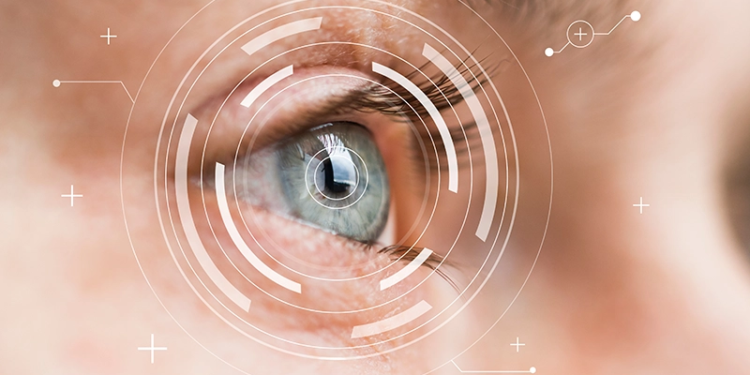Dear Listmembers:
On September 23, 2003, I posted the following inquiry under the subject heading O&P technological developments:
Dear Listmembers:
A Physiatrist has asked me to provide assistance in gathering background information for a presentation she will be doing, the theme of which is O&P technological developments from a historical perspective. With that in mind, what do you consider to the the most significant technological developments/breakthroughs in each of the previous five decades ( 1950, 1960, 1970, 1980, and 1990).
I will post a summary of the responses I receive.
Thank you in advance for your assistance.
Shortly after I sent this inquiry, my computer crashed causing me a great deal of grief in recovering files that were not yet backed up including the responses that I had received. Fortunately, I was able to recover most of the data including the following three responses:
1970’s: introduction of plastics
1960-70: myoelectrics
1980?s: endoskeletal, acrylic resin, carbon fiber lay-ups
1990?s: microprocessors, vertical shock, gel liners, locking suspensions
Advanced socket designs throughout must receive credit for success.
*****************************************************************************************************
1960: Hydra-Cadence (hydraulic limb)
1980: Seattle Foot (first energy storing foot)
*****************************************************************************************************
1950: A growth of prefabricated components available from orthotic and prosthetic manufacturers, such as orthotic knee joints, prosthetic setups. This allowed the orthotist to spend less time making parts by hand in the laboratory.
1960: I would say that laminating prosthetics was a big plus. As I understand ‘Chuck Childs, CP’ (now deceased) used to put on seminars for Hosmer-Dorrance to show prosthetists how to laminate. With lamination the use of composition fibers (perlon, nylon, stockinet, fiberglass) and the field developed more science and engineering of structural materials.
1970: Thermoplastic molding providing greater use of total contact designs in orthotics and prosthetics. Easily moldable plastic like polypro, polyethe, kydex, were more commonly used. This also encouraged mold modifications for correction of flexible deformities into a more functional position by loading other large areas of the limb while being able to neutralize the deformity as much as possible.
1980: Smaller, lighter, and more adjustable prosthetic componentry creating a majority use in Endoskeletal prosthetics.
1990: Prosthetic feet. Although multi-axial feet were available in the 80?s the 1990?s really saw a broad field of choices.
2000: Computer technology to record measurements and scan anatomy while using CAD/CAM and carvers to automate the process to creating a positive model.
******************************************************************************************************
I apologize to anyone who had also responded. The recovery software only located the aforementioned messages.
Thank you for your patience.
Kind regards,
J. Reynik, CP




